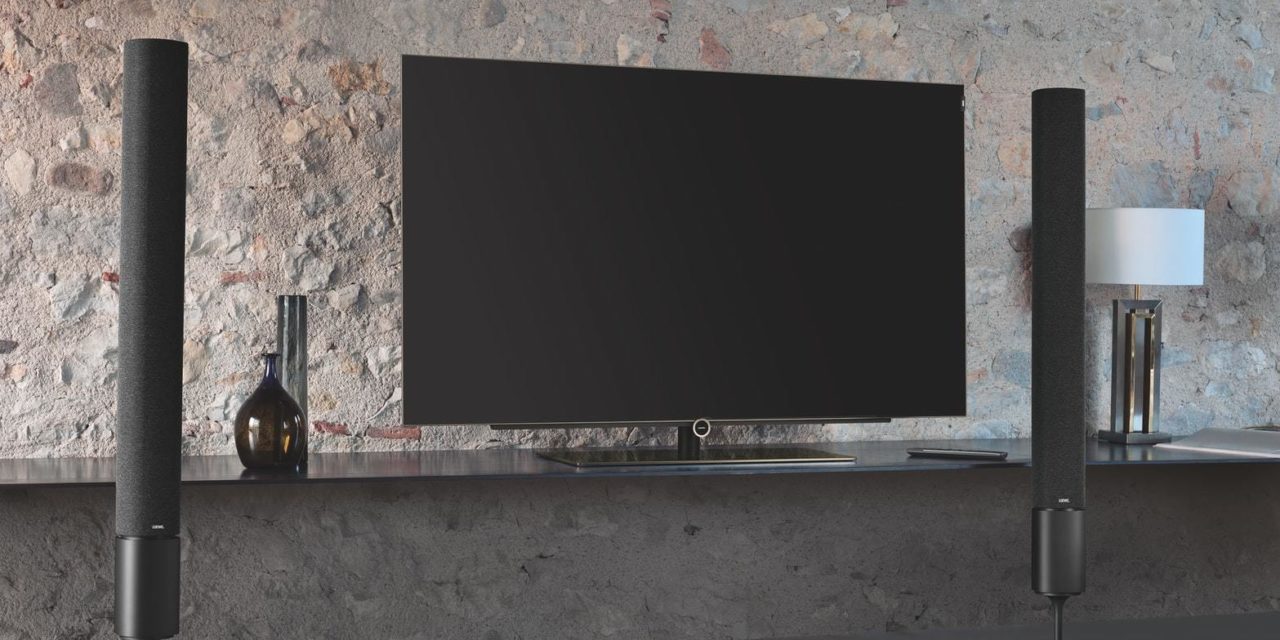[ad_1]
I have tried a lot of microphones in search of the one that best reproduces the natural violin sound. This is difficult, because most mics distort the sound in some way by spiking certain frequencies and reducing others. For classical music, the goal is usually to reproduce the sound as accurately as possible. (Especially since attempts to process the sound later are rarely rewarding.) Since mics with a “flat” frequency response are also the most accurate, these seem to work best for recording classical violin.
And, for classical music, small diaphragm condenser mics seem to work best because they offer fast transient response, which is also crucial to accurate sound reproduction.
Several condenser mics seem to stand out from the crowd.
Either of the Neumann KM-140 or KM-184 works well. The Neumann KM-84, an older version of the KM-184, is also a good mic. It is a little darker than the 184 but is a little noisy.
Another wonderful choice is the Schoeps CMC5 body with an MK4 capsule, which has a very flat frequency response and transparent sound. The Schoeps seems to have a little less treble than the Neumanns. This is because the Neumanns have a small treble spike and are not quite as flat as the Schoeps in frequency response.
On the less expensive end, AMT (Applied Microphone Technology) recently released condenser studio mics (AMT 404, set of 2) that have a very flat frequency response and are great for the studio. They are also much cheaper than competing options. I own this pair and am happy.
Although they are frequently recommended for recording acoustic violin, I have not been happy with ribbon mics, such as the Royer R-121. To my taste, these mics lose a lot of the character of the violin and makes the sound seem one-dimensional. They cut off a lot of the high-end. (This may seem good when comparing the Royer to a cheap condenser mic, which can make the violin sound overly bright and harsh.) Royers really are best for acoustic guitar, electric guitar, and brass.
Another frequently recommended mic, the AKG c451E, sounds very harsh to my ear and has heavy treble emphasis. This mic is really best for percussion and acoustic guitar.
Don't forget that your choice of audio interface is also very important. If you have a mac, you will need one that supplies phantom power (48 volts to power the mics). For the mac user, the apogee duet with phantom power is a great and reasonably priced option. There is really no competition for the duet in its price range. Because it has only two inputs, the duet is cheaper than other, similar models with multiple inputs that can cost over $2000.
In addition, your choice of mic placement and number of mics is important. Recording in stereo is crucial to the classical violin sound, and, for the best results, mics are usually placed at least three feet from the violin and often overhead. One mic might be used to capture the violin more closely, and the other to capture the “room,” which can add body and “reverb” to the sound. Experimentation is often the best way to find optimal mic placement.
The “room” is also very important. Small diaphragm condenser mics are very sensitive, and will pick up virtually every sound in the vicinity, even the hum from your refrigerator. So it is important to make the room as quiet as you can (even if you have to unplug that refrigerator!). A big room is usually better than a small one. (small rooms can make the sound seem muddy or poorly defined). High ceilings are usually good. Breaking up parallel walls helps minimize echoes and reflections. Furnished rooms can do the same. Hardwood floors are very good for the sound.
And if all else fails, there is always the recording studio.
[ad_2]
Source by Lisa Ann Berman

